What is "reef-safe" sunscreen, and why does it matter?
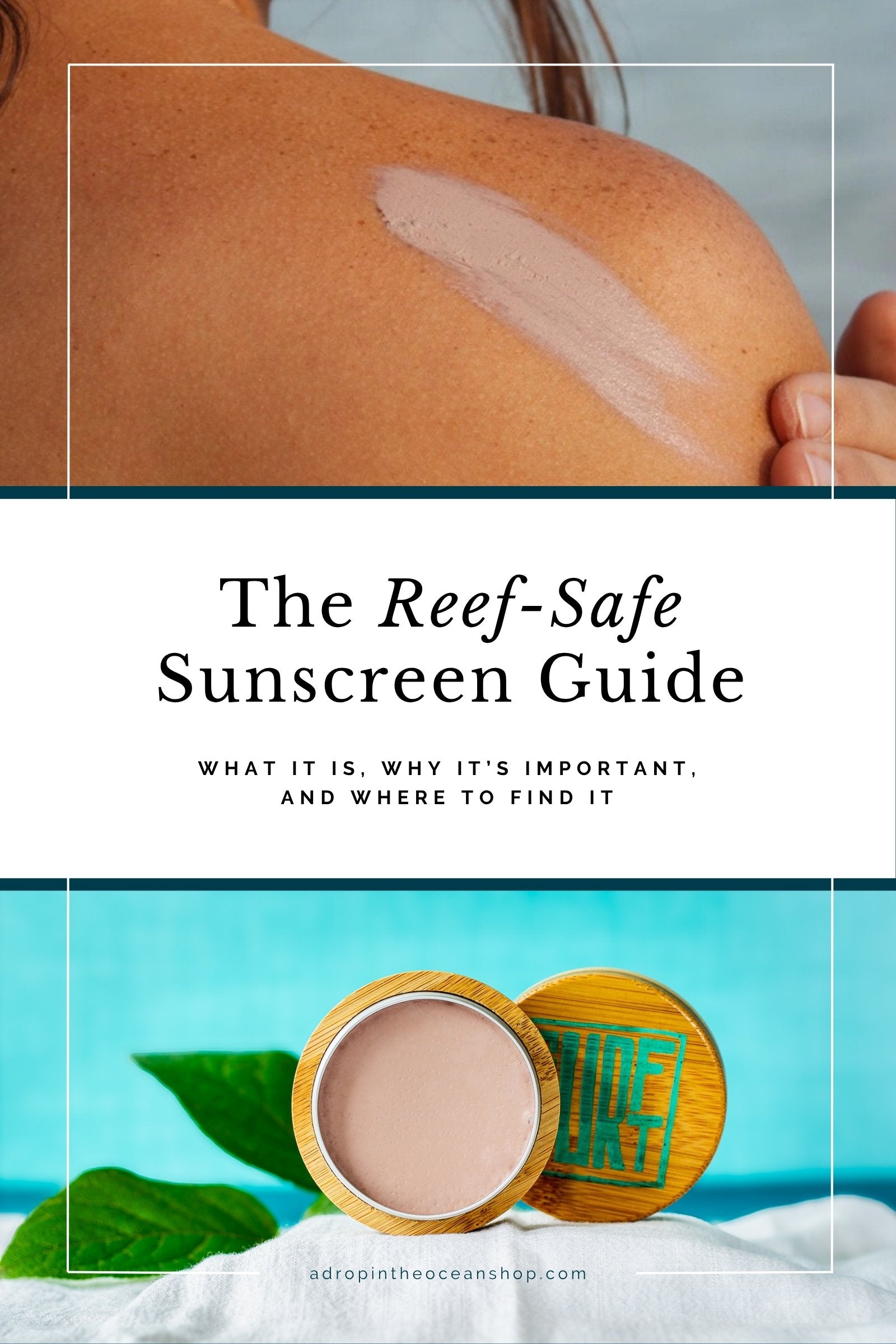
This post first appeared in our weekly Make Waves Mondays email series on May 24, 2021, and was updated and re-shared again on May 26, 2025.
Hello hello friend! I hope that you’ve been enjoying a wonderful, sunny, long weekend 🌞
And speaking of sunshine…our NEW reef-safe sunscreen has arrived!
This stuff is seriously uh-mazing.
As you know, I test every product myself before adding it to the shop, and this sunscreen was no exception. I spent several weeks researching ingredients and brands, scouring reviews, chatting with brand owners, and eventually landing on this sunscreen to test.
And let me tell you…
It. Checked. Every. Box. ✅
- Full-spectrum SPF 30
- Goes on so freaking smoothly
- Zero white cast
- Waterproof and sweatproof
- Food-safe ingredients
- Reef-safe ingredients
- Absolutely delightful company owners

So, all of this to say, I’m SO excited for you to get your hands on it too!
Because with the sun finally coming out regularly and the seasonal depression starting to lift, it’s time to get outside!
So today let’s talk about sunscreen and why it’s important to choose an ocean-friendly sunscreen, even if you’re landlocked in the middle of the country.
Let’s dive in 👇
What’s up with traditional sunscreens?
If you didn’t know, I grew up in small town Ohio, about as landlocked as they come.
So when I was prepping for my first trip to the Vermilion Sea Field Station in 2017 and the packing list said to bring “reef-safe sunscreen,” I had no idea what that meant.
TBH, I’ve always been really bad at actually wearing sunscreen in the first place, so I really didn’t know there were different kinds and that some weren’t actually safe for our waterways.
So I popped over to REI, I’m sure looking incredibly confused, and was pretty much immediately met with a “Can I help you find something?”
I said I needed some reef-safe sunscreen, and 5 seconds later the guy handed me a plastic squeeze bottle and I was in the checkout line.
Super thrilling story, right? 😅😂
Then, later that semester, one of my classmates from that same trip wrote her research paper on reef-safe sunscreens and why they matter. I was so intrigued and starting to realize just how important this sunscreen conversation actually is.
Traditional sunscreens, also known as chemical sunscreens — including the brand names we’re all probably most familiar with — are made with ingredients like oxybenzone and octinoxate.
When coral reefs are exposed to these kinds of chemicals, they have the same reaction as they would with rising ocean temperatures — aka coral bleaching.
Coral bleaching is pretty much exactly as it sounds.
Healthy coral becomes stressed and ultimately loses the algae that serves as the main food source for the coral, and “bleaches,” or turns white and becomes susceptible to diseases.

Image from the National Oceanic and Atmospheric Administration (NOAA).
Most often, coral bleaching occurs from changes in water temperature (looking at you, climate change… 👀), but it can also be a result of pollution and those chemical sunscreens I just mentioned.
And globally, we’re washing an estimated 14,000 tons of sunscreen into our coral reefs every year.
And it’s not just the corals these chemical sunscreens are harming. Research has found that oxybenzone may be an endocrine disrupter and especially worrisome for children.
No thanks, fam 👎
And if these issues are affecting coral reefs and may be affecting our hormone systems, they’re probably affecting more than just corals in the oceans, ya know?
And when we get 50% of our oxygen from our oceans, I’m not feeling super keen on taking that risk.
Why is it important to use reef-safe sunscreen even if you’re not going in the ocean?
For my landlocked EcoWarriors reading this right now, don’t worry — I haven’t forgotten about you!
Like I said above, I grew up in small town Ohio. I was nowhere near any bodies of water, let alone the ocean.
But even if you’re far from the ocean and even further from a coral reef, using a reef-safe sunscreen still matters!
It’s not just what we’re directly putting into the ocean.
The harmful chemicals in traditional sunscreens can negatively affect all ecosystems — even the micro-ecosystems just in your own backyard.
And remember that line from Finding Nemo…?
All drains lead to the ocean.
It’s true!
So even if you put sunscreen on inside and never leave your house that day, when you shower and wash it all off, it’s going down the drain and will ultimately make its way into our water systems.
That’s why it’s not just about packaging when we’re talking about zero waste and sustainability.
It’s also about the ingredients and what happens when they’re washed down the drain.
So what makes a sunscreen “reef-safe”?
Reef-safe sunscreens (you may also hear them referred to as ocean-safe, ocean-friendly, or coral-friendly sunscreens) — also known as mineral sunscreens — create a physical barrier on the surfaces of your skin to protect from UVA and UVB rays.
Chemical sunscreens, on the other hand, absorb into your skin and create a chemical barrier by absorbing UV and turning it into heat.
The two ingredients most commonly used in reef-safe sunscreens are zinc oxide and titanium dioxide. Both of these ingredients have been determined to be safest for our ocean life.
Our new reef-safe tinted sunscreen is made with zinc oxide.

But, unfortunately, like so many other sustainability “buzzwords” we hear (things like “eco-friendly,” “all-natural,” and even “biodegradable”), there isn’t actually any regulation around the term “reef-safe.”
So we can’t just look at a sunscreen label that says it’s reef-safe or ocean-friendly and know for sure.
We have to actually look at the ingredients to confirm for ourselves.
These are the ingredients you most want to avoid in a sunscreen:
- Oxybenzone
- Octinoxate
- Octocrylene
- Homosalate
- 4-methylbenzylidene camphor
- PABA
- Parabens
- Triclosan
Just how safe is “reef-safe”?
Okay so it’s pretty much agreed that as long as your sunscreen doesn’t include any of those nasty ingredients I just listed 👆, and its base is zinc oxide or titanium dioxide, it’s reef-safe.
HOWEVER.
There hasn’t been enough research yet to know for certain how these ingredients affect ocean ecosystems in higher concentrations.
For example, if thousands of people are in the water at a single beach, how do the ingredients in their sunscreens affect the ecosystem, even if they don’t contain any “non-reef-safe” ingredients?
Now of course none of this is to say that we should give up sunscreen.
I’m gonna hard pass on cancer if I can help it.
So now I know you’re reading this and thinking, “Okay Krystina but what am I supposed to DO then???”
Well, first, friend, choose reef-safe sunscreen.
Bonus points if it’s zero waste and plastic-free 😉
Second, cover up!
Remember that research paper my classmate wrote?
She actually found that the only way to 100% protect our reefs is to wear things like rash guards. (Another thing I knew nothing about until the summer of 2017).

Photo from the 2022 Baja EcoWarrior Retreat.
If you’re in the market for a rash guard, or other super cute (aka whale shark and other ocean-conservation themed) water apparel, definitely check out Waterlust 😍
👆 The rash guard I’m wearing in this photo is the Women’s Whale Shark Warrior Sun Shirt from Waterlust.
If you use this link, 25% of your sale will go back to support our ocean conservation partner, Vermilion Sea Institute and the Vermilion Sea Field Station 💙
So in summary…
Get on the water.
Water has amazing positive effects on our mental and physical health and can instill both a sense of wonderment and responsibility for the world around us.
So go find some water.
Get in it.
Enjoy it.
But cover up with some reef-safe sunscreen and rash guard first, fam 😘
Let’s do our part to protect our reefs, together.
Related:
10 Ways to Celebrate World Ocean Week
Vendor Spotlight blog posts


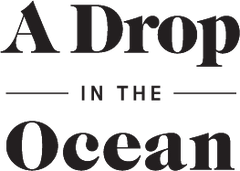



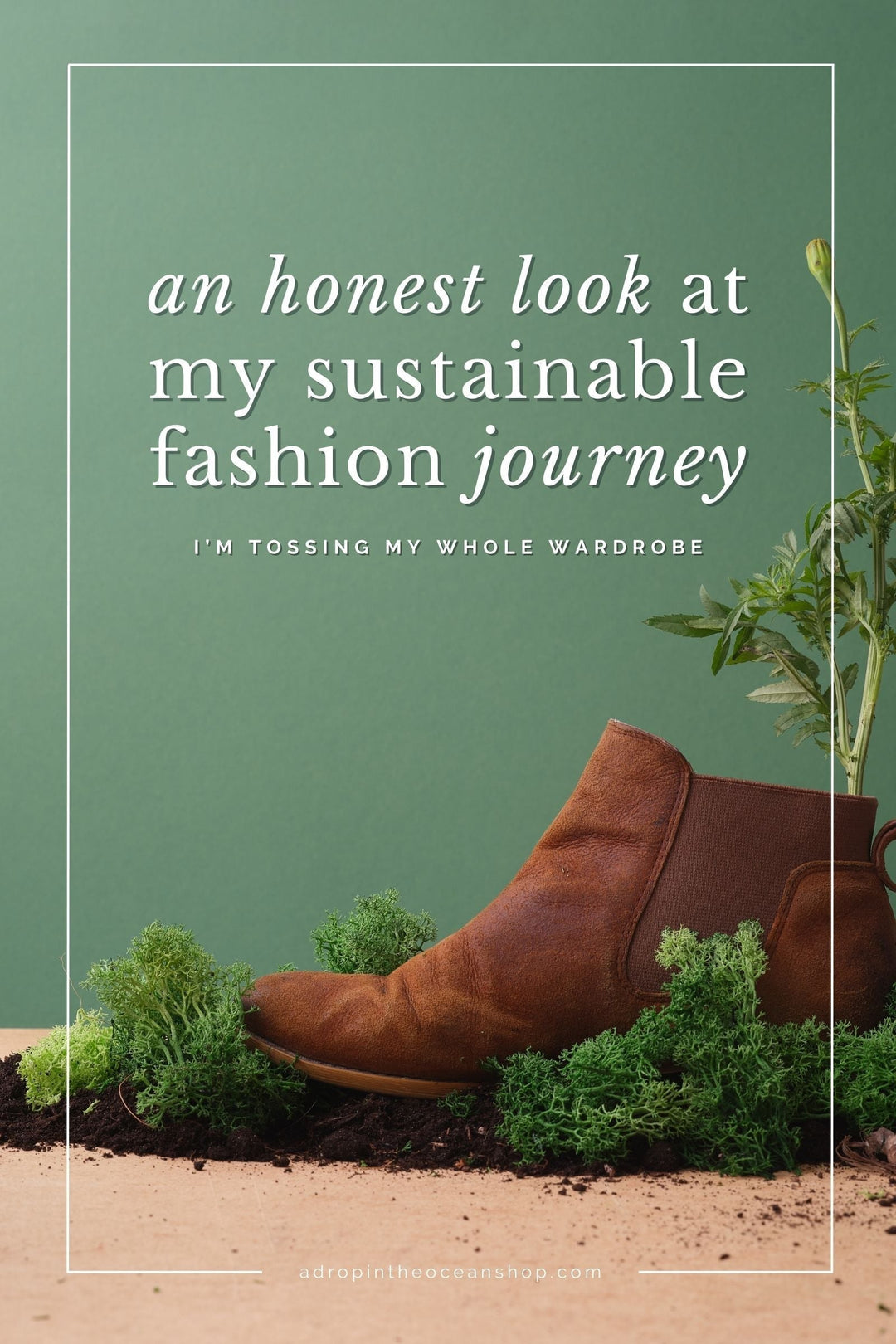
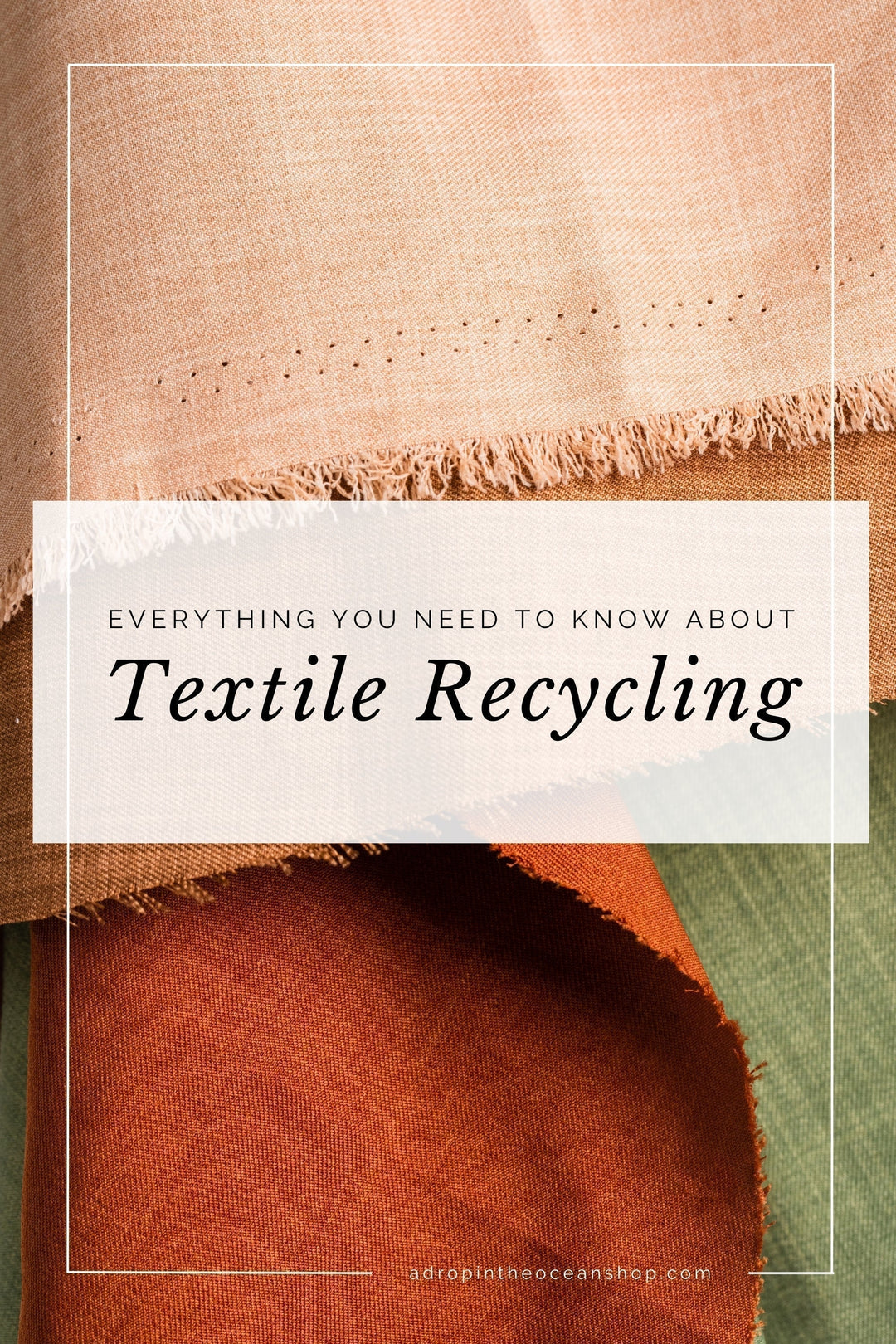
Leave a comment